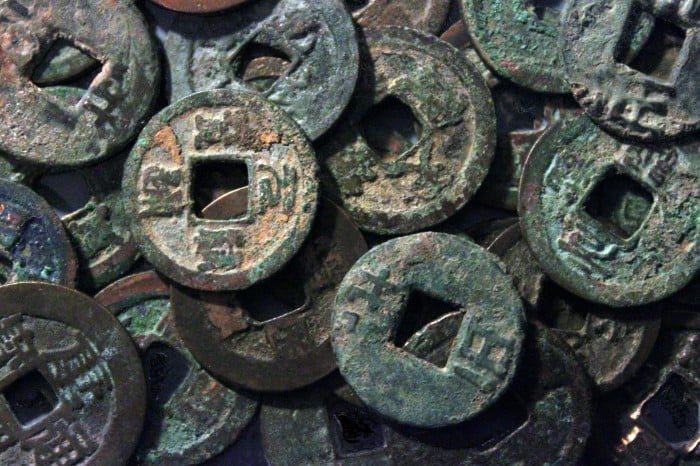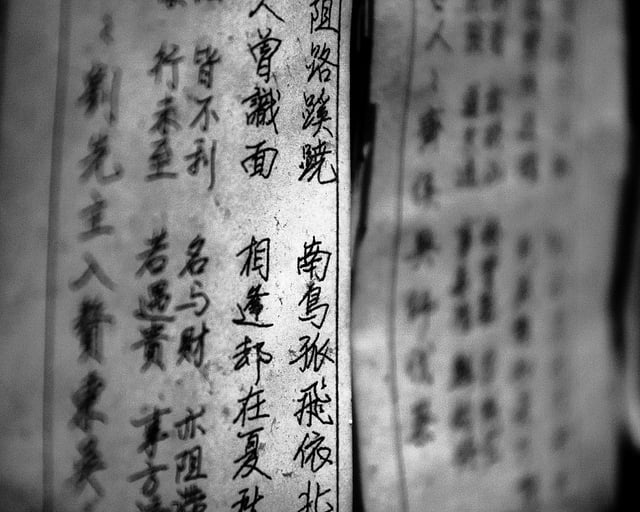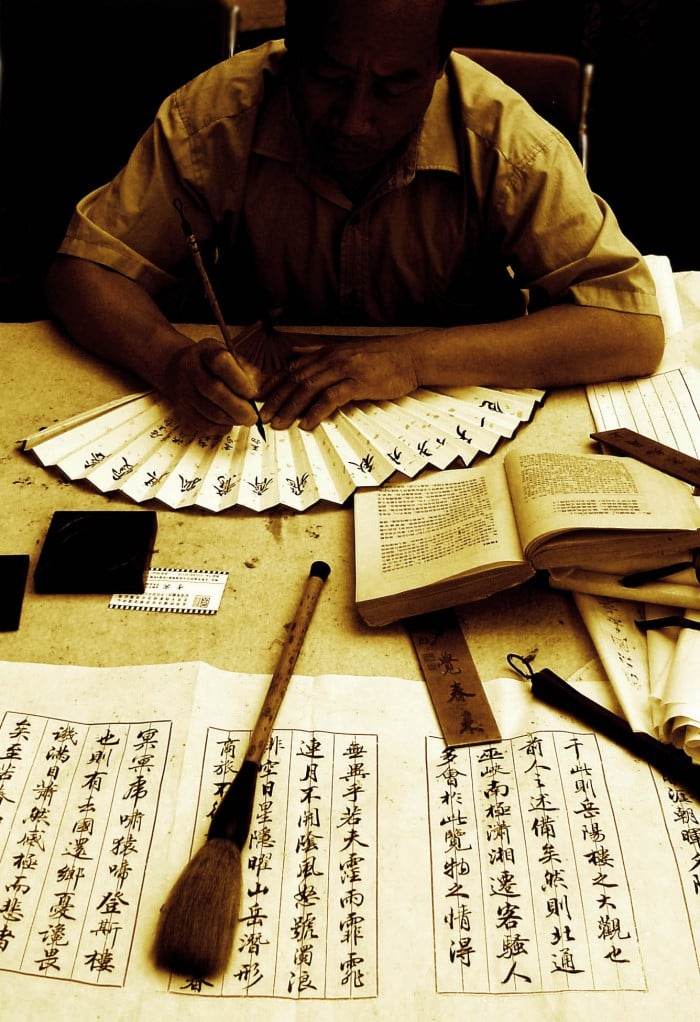Evolutionary Languages: A Look At Written Chinese
Chinese script is considered one of the great phenomena of written language. What was once just a dozen pictograms has, over many centuries, evolved into thousands of complex and fascinating characters. Indeed, to the untrained eye, Chinese writing can look like a series of scribbles that don’t really make a lot of sense and bear little resemblance to this written language’s early origins, however, an in depth study of the evolution of Chinese writing shows otherwise! Let’s take a journey through history to find out how this language got started and the ways it’s changed to suit our modern world in the process.

Image via PhotoPin
The Dawn
Although it is not a proven fact, most experts agree that Chinese script’s earliest ancestors appeared sometime during the Late Neolithic period. During this time symbols and pictures were inscribed on pottery and jade and believed to be family or clan emblems. These pictograms were often drawn to closely resemble what they were meant to represent. For example, the emblem “sun-moon-mountain” would literally be a drawing of the sun over the moon over a mountain. If you look at the early pictograms and at our modern-day Chinese writing, you might not think there’s much of a resemblance. The likeness is there, although over time sharp edges have rounded out, characters have become more compressed, and meanings have morphed from being simple representations of family ownership to taking on the meaning of an actual word.
Learning Chinese? Check out our free placement test to see how your level measures up!
The Evolution Begins
The first true phase of the history of Chinese script all begins with oracle bone script. At around 1500 to 1000 B.C. symbols were etched on animal bones and turtle shells and poked with hot metal rods until cracks began to form. These cracks were considered omens which officials of the royal court would decipher in order to divine the future and give the ruling king prophetic advice. It’s actually at this point that we begin to see true resemblances between ancient and modern texts. Words like now, day, and rain all bear very similar markings and have changed in only minimal ways.

Image via PhotoPin
The Birth of the Rebus
During this same period of 1500 to 1000 B.C., particular features of Chinese writing first came into use and make up a large part of how Chinese is used today. Known as “rebus writing” one common feature would use the symbol for one word for other similarly sounding words. A great example would be the word wang (2nd tone) which translates as “king.” The symbol for wang makes up part of the symbol for the similar sounding word wang (3rd tone) which in turn means “net” or “network.” In the same vein, ancient Chinese script also uses the same sign for two words that sound differently but have similar meanings. An example would be the words mu (4th tone) and jian (4th tone) which mean ‘eye’ and ‘see’ respectively. Jian uses the same character which makes up mu as part of its character structure – a frequent feature found in many characters in Chinese script.

Image via PhotoPin
The Push For Unification
As one of the oldest written languages in the world, you can easily imagine how much Chinese has changed in the years since. Over time, Chinese script has become more stylized and linear as well as more complex as radicals and new character combinations have been added to form words. So, given that China boasts the largest population in the world, why aren’t certain parts of the country using more evolved or different versions of written Chinese? After all, the language isn’t bound by the restrictions of a universal alphabet. To combat the continued evolution of the language in different parts of the country, the Chinese government has been implementing, educating, and pushing simplified Chinese all across the nation for decades. It is for this reason that no matter where you go, you may hear different dialects of the Chinese language, but you will always see the exact same writing system.
The writing system utilized in the Chinese language is perhaps one of the main reasons why this is considered one of the most difficult languages in the world to learn. It is estimated that it would take you over 2,000 hours of class time to conquer the language, and if you studied for 5 hours a day it would roughly take you 88 weeks to be able to proficiently speak, read, and write. The sheer immensity of the challenge of learning thousands of characters can be overwhelming, but as a language student it’s important to focus on the quality of learning as opposed to quantity.
Share with us your own experience learning Chinese. What tips can you offer other Chinese learning hopefuls?
